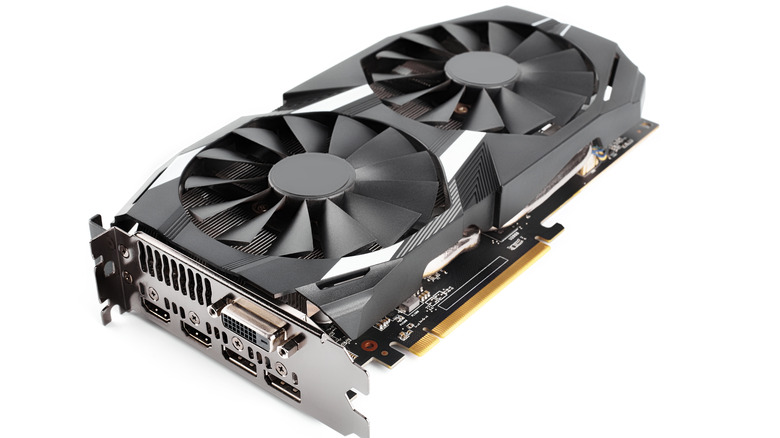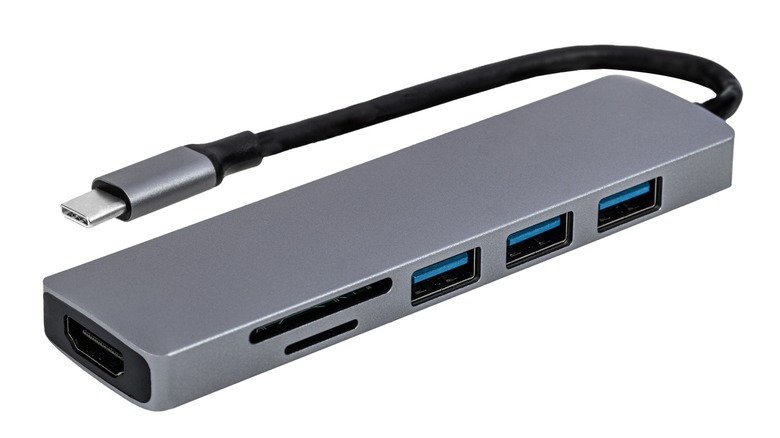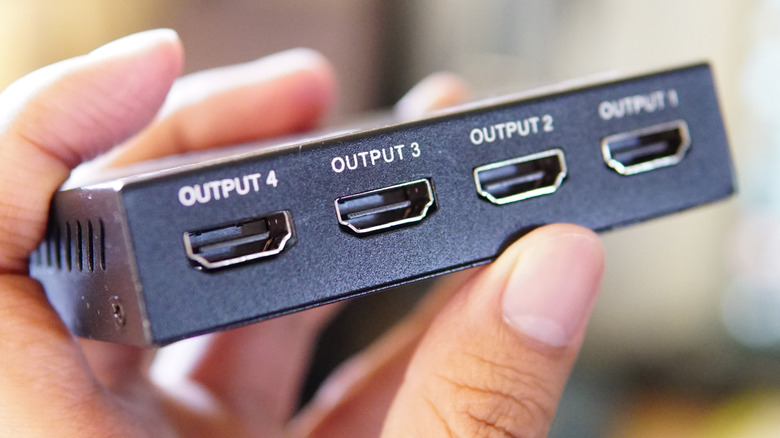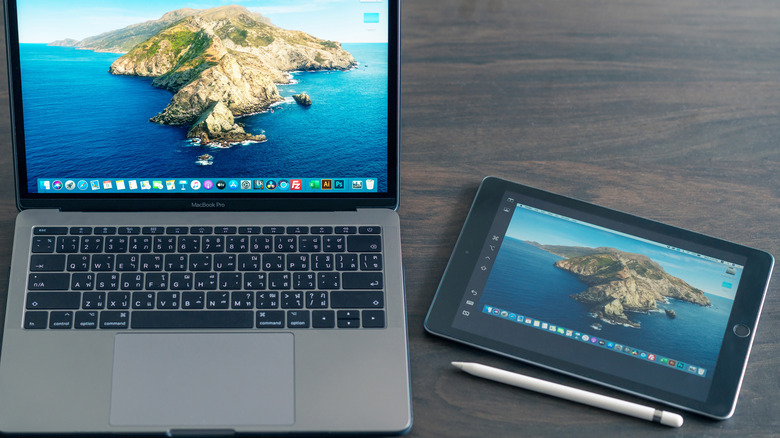Can You Use Multiple Monitors With A Single HDMI Port?
We may receive a commission on purchases made from links.
The only thing better than one big, fancy monitor is two big, fancy monitors. Multiple displays have become increasingly popular in recent years due to the falling prices of high-quality monitors and the ease with which modern operating systems (OS) can use them. With Windows and Mac, all it takes is plugging in an HDMI cable.
Multiple monitors are good for productivity because they allow you to see more of your work simultaneously or have different tasks on each monitor. They're good for gaming because you get more screen real estate for all those pretty pixels. If you've got the desk space for an extra monitor and your hardware is up to the task, it's hard to pass up the flexibility a second (or third) monitor brings.
But what if you have a computer with only one HDMI port and you're already using it or want to have two monitors instead of just one? Good news, you're not out of options. There are plenty of ways to expand your display, even if your ports are limited.
Use a different connector
While your graphics card or laptop may only have one HDMI port, that's not necessarily its only video output. Many computers will also have ports like DisplayPort, DVI, or VGA. Look at the documentation for your hardware to find out what ports it has.
DisplayPort is the simplest because many monitors already have DisplayPort inputs, and it's very similar to HDMI. In these cases, all you need is a DisplayPort cable. If your monitor doesn't have DisplayPort, DisplayPort to HDMI adapters can do the trick. As with any hardware, ensure your cables and adapters support your monitor's resolution and refresh rate.
You might also have a DVI or VGA connection, which will work but have limitations. Neither of these outdated standards is as good as HDMI or DisplayPort, only supporting resolutions around 1080p. Neither carries an audio signal. VGA, in particular, should only be used as a last resort since it's an analog connection and will probably look a bit fuzzy. Most monitors these days won't have either port, but the good news is DVI or VGA to HDMI adapters are usually inexpensive and easy to find.
Pick up a docking station
Video output ports aren't your only option, either. With a USB 3.0 connection, you can utilize a docking station — a great device that gives port-starved users more places to plug stuff in. While they're usually used with laptops, they work with any computer, and they almost always have one or more HDMI ports built into them, alongside a plethora of other handy ports. You will need a USB 3.0 port or newer for video, and some fancier docking stations must also be connected to a power outlet.
If you don't need a whole docking station, USB to HDMI adapters can add an HDMI port to any USB 3.0 connection. These (and many docking stations) use the now-ubiquitous USB-C connector because they're meant for mobile devices or laptops that don't have room for bigger ports, but it is possible to find ones that use full-size USB ports as well. If your computer has multiple USB ports and you're unsure which are USB 3.0, they're almost always colored blue or red instead of the standard black. You might need to check your manual to confirm which ports on your machine use the USB 3.0 standard. There are also monitors (usually portable) that operate entirely over USB 3.0.
Get an HDMI splitter
If you are stuck with only a single HDMI port, you're still not entirely out of options. HDMI splitters on the market can turn it into two or even four HDMI ports. However, it is essential to note that HDMI splitters can only show the same picture on each monitor (also known as mirroring). If you're looking to expand your desktop's size, an HDMI splitter can't do that.
These are for sale in all kinds of places like Amazon. Be careful you don't pick up an HDMI switcher, which will only work with one display at a time and is meant for using multiple computers or devices with a single monitor. You want a splitter that can handle multiple displays simultaneously.
It's also best not to cheap out on a splitter. Poor-quality ones will make one or both displays run poorly or have image problems. They might not support your monitors' full resolution or refresh rate, so ensure you check that your equipment is supported before purchasing one.
Use a software solution
You don't necessarily have to use another monitor if you want a second display. Many tablets can be used as a second display via software solutions like Apple's Sidecar feature, which allows you to use your iPad as a second display for your Mac.
For Windows and Android-based devices, there are a variety of apps out there that can also do this, such as the popular Spacedesk. Some of these are free, but others can cost money. Some require a wired connection, usually via USB, but others are capable of wireless use.
Keep in mind that wireless display solutions can often introduce a bit of lag on that screen, so don't be surprised if your tablet is a little behind your monitor. Also, wireless options usually chew up your tablet's battery faster than a wired one, which will typically charge your tablet while it functions as a second monitor.




